Ethiopian mammal
Dear All,
We are working on a small camera trap project to see what is left of wildlife in afromontane rainforests of SW Ethiopia. One of our camera’s unfortunately seemed to be set up to take pictures instead of films. And of course this happens to be the one with the most interesting material. Still, most of the photo’s are identifiable but we are struggling with this picture . I was wondering if you could take a look and ask your opinion on the species. To avoid bias I will not tell you what I think it could be 🙂
. I was wondering if you could take a look and ask your opinion on the species. To avoid bias I will not tell you what I think it could be 🙂
 . I was wondering if you could take a look and ask your opinion on the species. To avoid bias I will not tell you what I think it could be 🙂
. I was wondering if you could take a look and ask your opinion on the species. To avoid bias I will not tell you what I think it could be 🙂Anyway, I added two more pictures to give you an idea of the size of the animal: picture 35 is a common duiker, picture 36 is a (blotched?) genet, which appears to be chasing/following the duiker. Any idea why?



Another blog posted strange behaviour of genets as well (sorry if crossposting the link):
http://wildlifeact.com/blog/hitch-hiking-selfie-taking-genet-back/
Thank you for your time,
regards,
Matthias
9 Comments
-
-
-
Matthias
Thank you guys,
These are indeed the two options I think are still possible. The rest can be excluded. The white and black stripe on the right of the animal are part of the animal, suggesting to me that must be the neck/head, turned away from the camera. -
-
vdinets
I agree with the civet ID. However, if there is a place in E Africa where a new large mammal could still be discovered, it’s probably Harenna or some other island forest in S Ethiopia 😉
-
Leave a Reply
You must be logged in to post a comment.


matthhias
Btw, the animal has an estimated HB of 70 cm!
Matthias